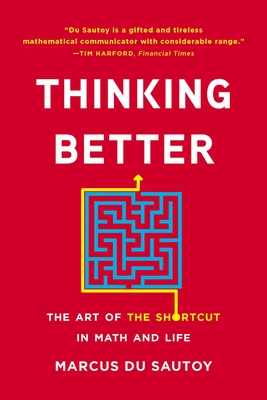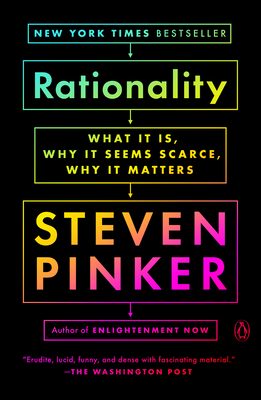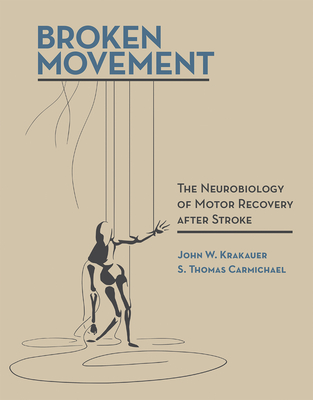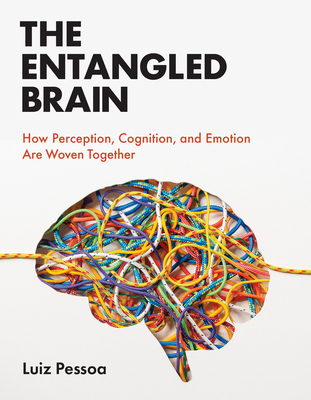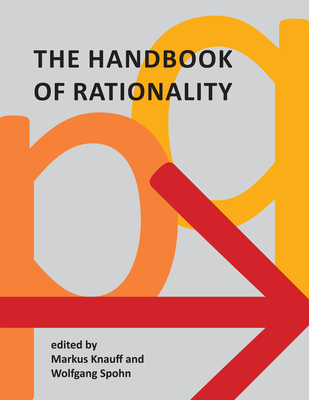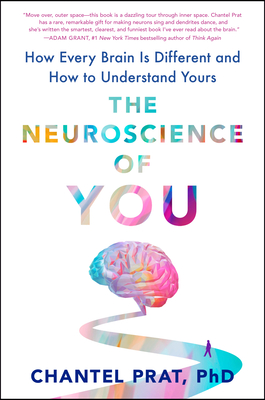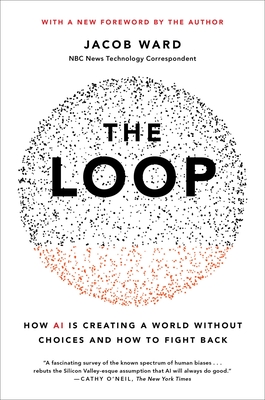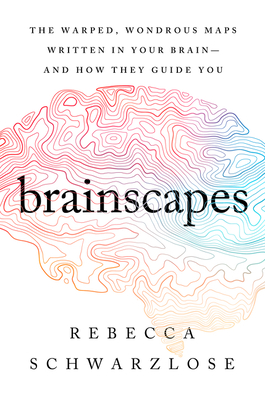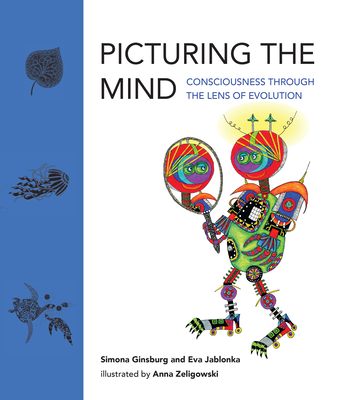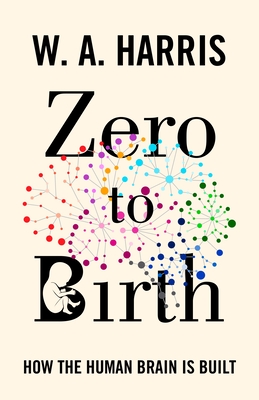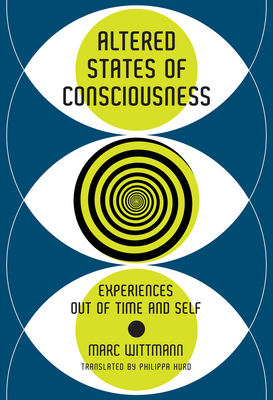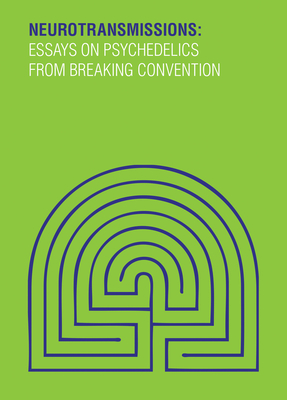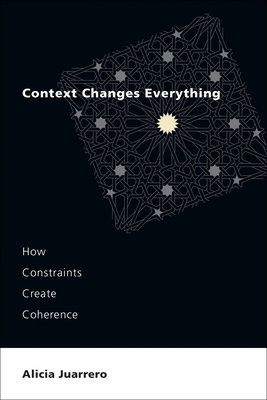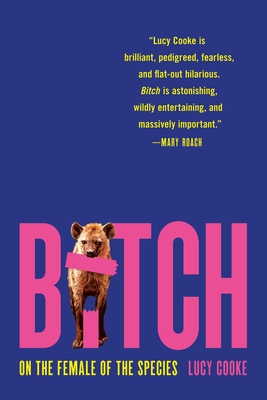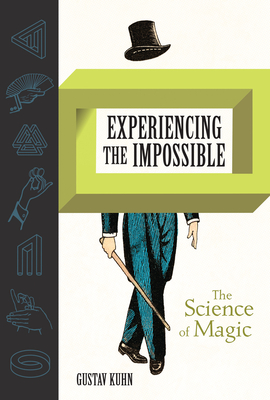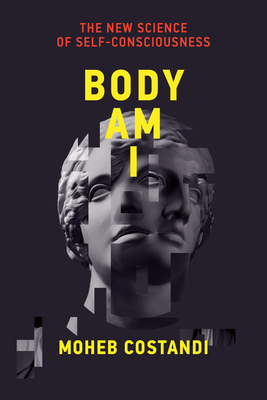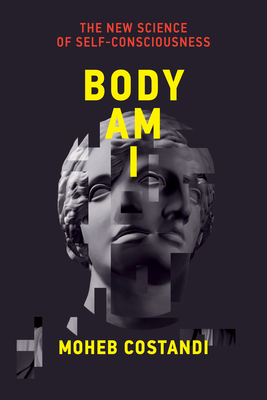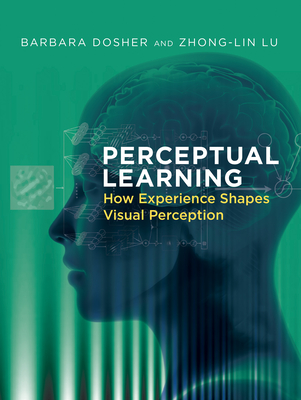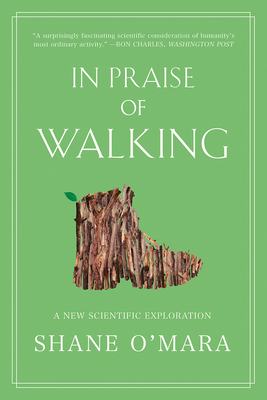
Designing Autonomous Agents: Theory and Practice from Biology to Engineering and Back (Special Issues of Robotics & Autonomous Systems)
Description
Designing Autonomous Agents provides a summary and overview of the radically different architectures that have been developed over the past few years for organizing robots. These architectures have led to major breakthroughs that promise to revolutionize the study of autonomous agents and perhaps artificial intelligence in general. The new architectures emphasize more direct coupling of sensing to action, distributedness and decentralization, dynamic interaction with the environment, and intrinsic mechanisms to cope with limited resources and incomplete knowledge. The research discussed here encompasses such important ideas as emergent functionality, task-level decomposition, and reasoning methods such as analogical representations and visual operations that make the task of perception more realistic. ContentsA Biological Perspective on Autonomous Agent Design, Randall D. Beer, Hillel J. Chiel, Leon S. Sterling - Elephants Don't Play Chess, Rodney A. Brooks - What Are Plans For? Philip E. Agre and David Chapman - Action and Planning in Embedded Agents, Leslie Pack Kaelbling and Stanley J. Rosenschein - Situated Agents Can Have Goals, Pattie Maes - Exploiting Analogical Representations, Luc Steels - Internalized Plans: A Representation for Action Resources, David W. Payton - Integrating Behavioral, Perceptual, and World Knowledge in Reactive Navigation, Ronald C. Arkin - Symbol Grounding via a Hybrid Architecture in an Autonomous Assembly System, Chris Malcolm and Tim Smithers - Animal Behavior as a Paradigm for Developing Robot Autonomy, Tracy L. Anderson and Max Donath.



